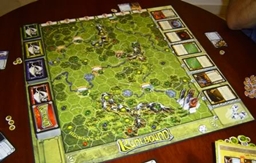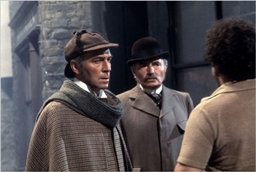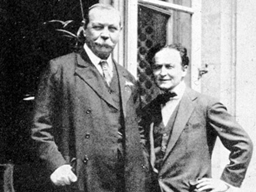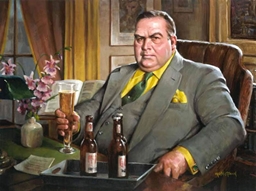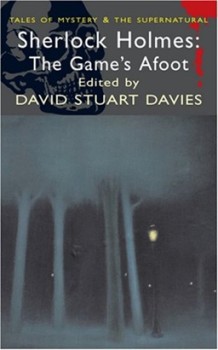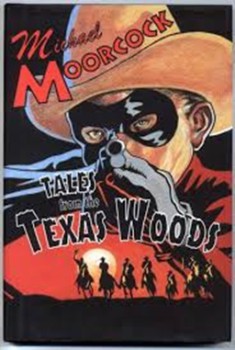The Public Life of Sherlock Holmes: Those Sweet Silver Blues: Garrett, PI
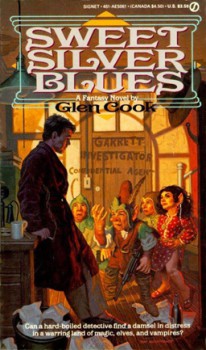 Last year, John O’Neill wrote a post about the Garrett PI collections by Glen Cook. The talented Cook is best known for his excellent dark fantasy series about a mercenary group, The Black Company.
Last year, John O’Neill wrote a post about the Garrett PI collections by Glen Cook. The talented Cook is best known for his excellent dark fantasy series about a mercenary group, The Black Company.
The Garrett books are light years away in tone and style from those of The Black Company. However, they are identical in regards to quality of writing. Garrett is the pre-eminent fantasy PI (private investigator).
Cook has written a series of books that appeals to fans of the hardboiled PI, notably practiced by Raymond Chandler, fans of the humorous fantasy world best typified by Terry Pratchett’s Discworld and to those who have read Rex Stout’s Nero Wolfe mysteries. The fact that Cook has masterfully combined all three of these elements is admirable in the extreme.
Garrett is a former Marine who spent five inglorious years serving in the seemingly endless war between his nation of Karenta, and Venagata. They battle over a region called The Cantard, home to most of the world’s silver mines. And silver is the resource that fuels sorcery. And since Karenta is ruled by the magic-using Stormwardens, no cost in human capital is too great to rule The Cantard.
